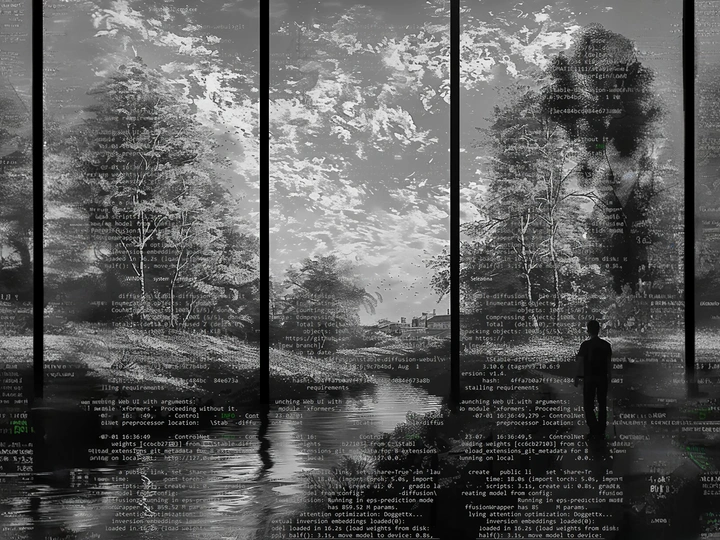Programming Beauty - Complexity and Creation

Eurind Caka
Stefano Bastia is an architect, a computational designer and is passionate about multidisciplinary design research. In 2020 he founded his studio SOA Architecture with the colleague Eurind Caka after working for Mario Cucinella (RIBA Royal Gold Medal 2017) Architects in Bologna since 2016 (year of graduation). Stefano holds a Bachelor of Architecture and March I from the University Alma Mater Studiorum of Bologna where he received the Giacomo Venturi Best Thesis Prize (2017). In 2018 he was admitted in March II Graduate Program at Sci-Arc with an Admissions Scholarship but he decided to stay in Italy and found his own architecture firm: SOA Architecture. In 2020-21 Stefano was Module Professor in Digital and Parametric Design at SOS - School of Sustainability. In 2023 he delivered a lecture at Computational Design: NEXT sponsored by Parametric Architecture and Designmorphine. The lecture delved into the intricate relationship between human and machine throughout history, examining the emergence of big data, AI, and complexity from both philosophical and social perspectives. SOA Architecture is particularly interested in the implications of these phenomena in everyday life and their social and political implications. Starting from data is fundamental to our research. It allows us to identify the real issues of a specific context and approach them with greater awareness: finding practical solutions to concrete problems. Surely, one of our most noteworthy achievements is our first built building (2022): the Sami Frashëri High School in Tirana. The first parametric façade in Albania. We like to define our working method, our research, with a motto:“We Program Beauty”. We Program Beauty encompasses a dynamic and intricate empathic relationship with techne that outlines a new empathic process. In the complexity and method with which we manage the process lies the CREATION and our personal MODUS OPERANDI.
The idea is to establish a fresh approach, a novel method of "collaboration" with technology, understanding the genesis of this intricate connection. The complex interplay between humans and machines arises from profound existential inquiries into our makeup and intellect. This tension fuels technophobia, driven by cultural and philosophical schisms between nature and technology. Myths like Prometheus and biblical narratives underscore humanity's perpetual pursuit of knowledge and ensuing guilt. Philosophical viewpoints, such as Gunther Anders' Promethean Gap, highlight our sense of inferiority to machines, breeding shame and division. Yet, scholars like Daniel Dennett and Edgar Morin challenge this, seeing technology as a natural evolution. This blurring of boundaries between nature and culture has vast implications, as the world adjusts for AI. The emergence of AI-friendly spaces (smart cities) signals a shift towards integration over segregation. Ultimately, embracing complexity and creativity will shape a more harmonious human-technology interaction in the "infosphere". Techne is defining us culturally and biologically. To design, akin to a scientific experiment, empirical data must be defined and interacted with, yielding unforeseen outcomes. These interactions unveil new avenues for research and experimentation. We like to define this method, our research, with a slogan: We Program Beauty, a dynamic and intricate relationship with techne that outlines a new empathic process. In the complexity and method used to manage the process, CREATION resides. Now we have the opportunity to define a new process rather than just a single human-scale object. The context in which we intervene provides a vast amount of data, allowing us to decode it. Any of our sensations, emotions can be "translated" into input and become part of the matrix that will define the project. We are complex. Beauty is complex. We need complexity and creativity to solve problems, to decode reality.